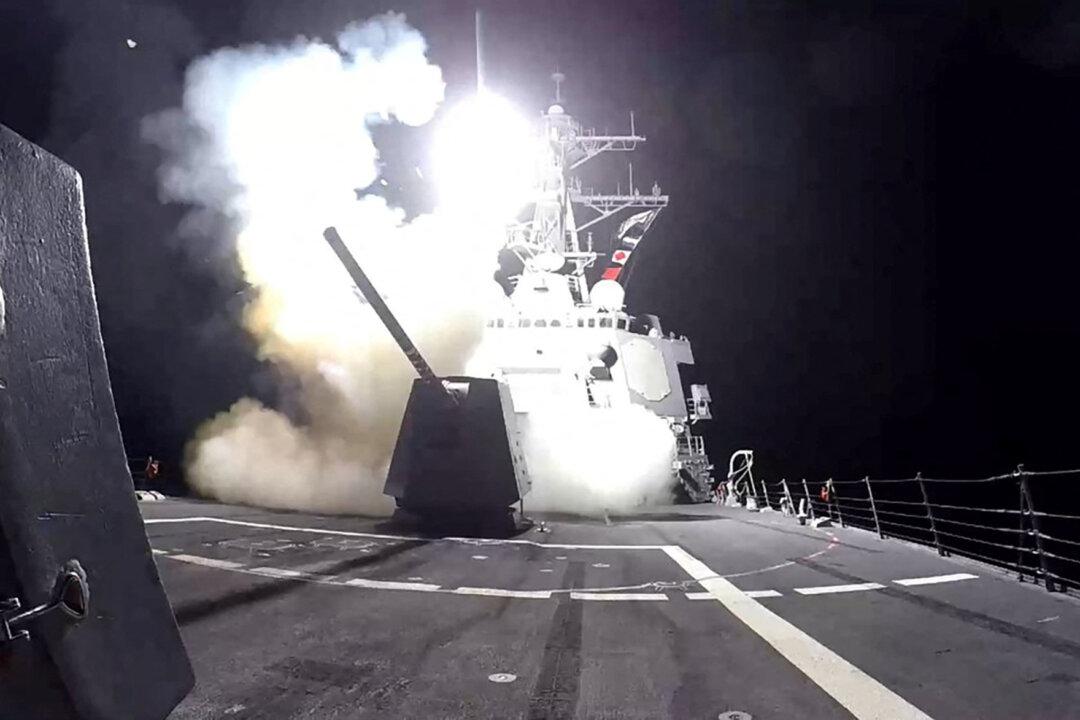A team of Chinese researchers claims to have developed a new laser system small enough to be deployed on a satellite. The device could inform the development of future weapons systems by the Chinese Communist Party (CCP), according to one expert.
“This small but powerful laser is reportedly intended for communication,” said Paul Crespo, president of the Center for American Defense Studies. “It may not be best suited as a weapon, but a larger version certainly will be.”




